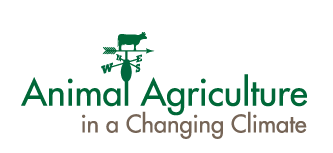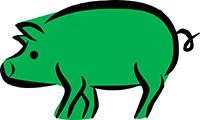Proceedings Home | W2W Home 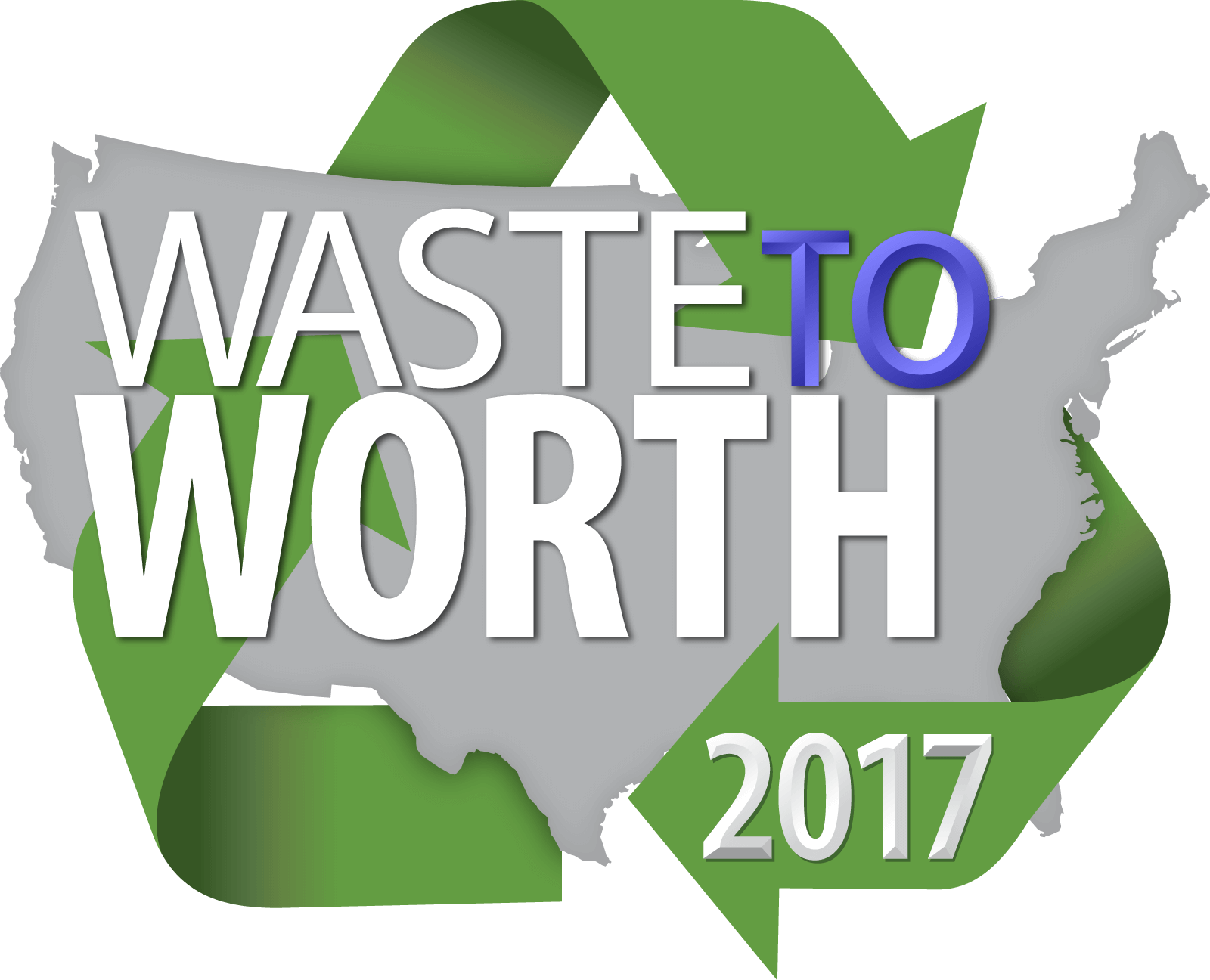
Purpose
The Animal Agriculture in a Changing Climate (AACC) project was established to leverage limited Extension expertise across the country in climate change mitigation and adaptation, with the goal of building capacity among Extension professionals and other livestock advisers to address climate change issues.
What did we do?
The Animal Agriculture in a Changing Climate …
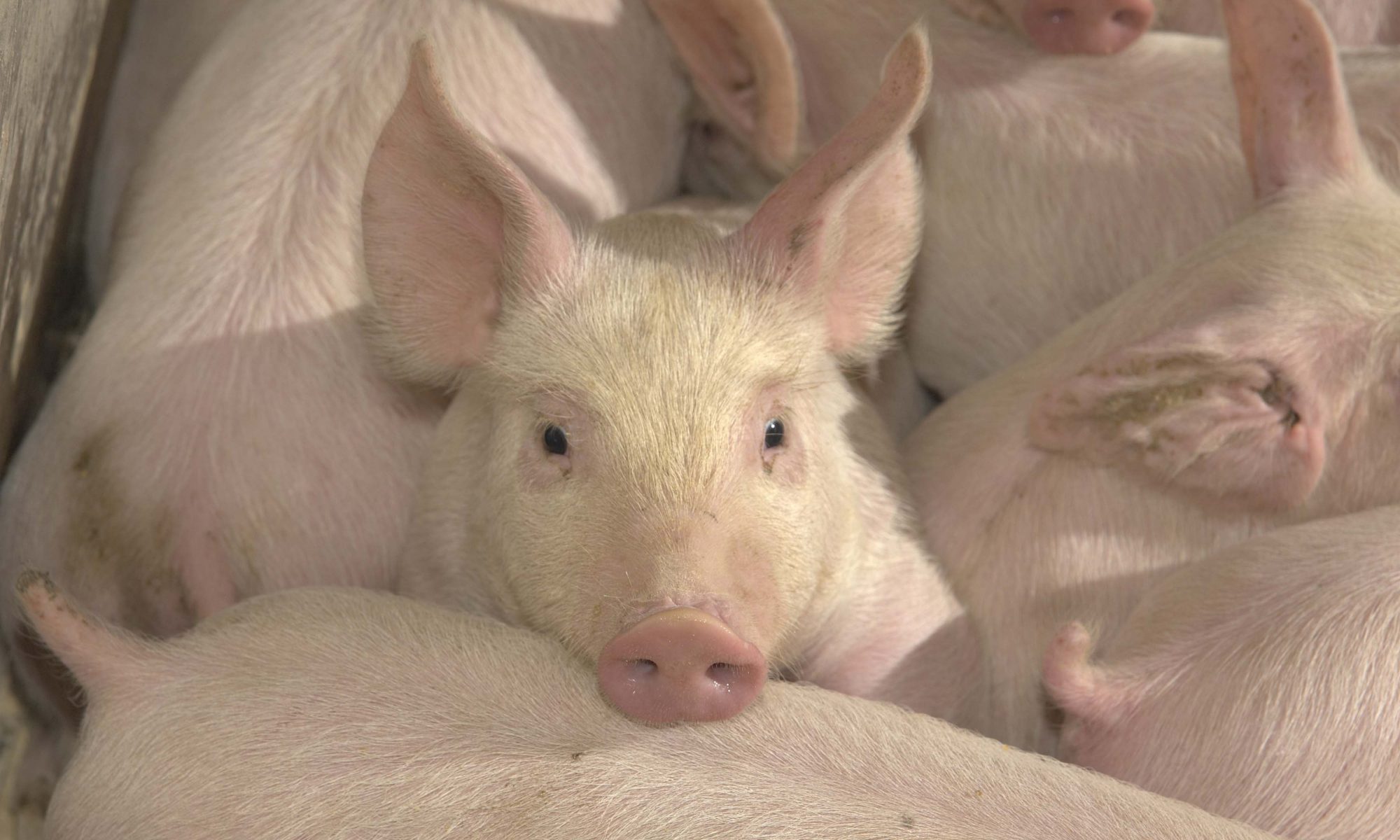
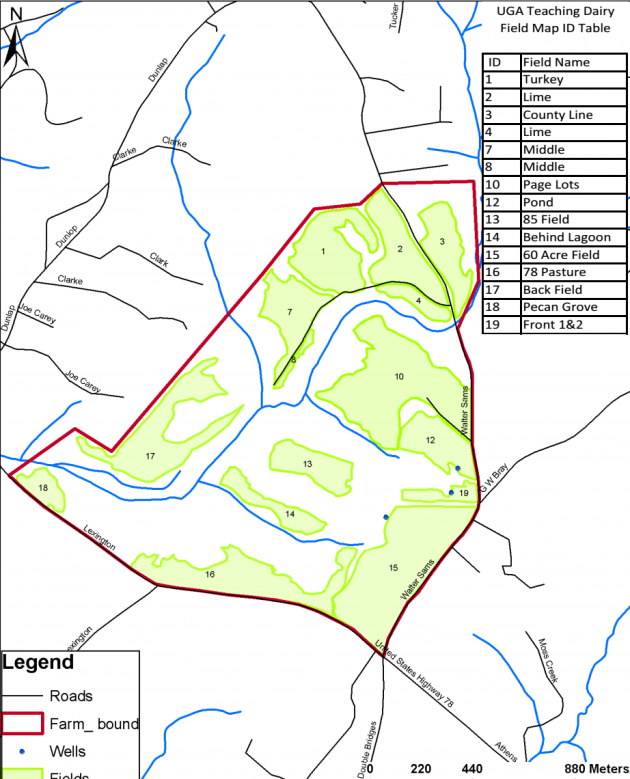 Agriculture …
Agriculture …